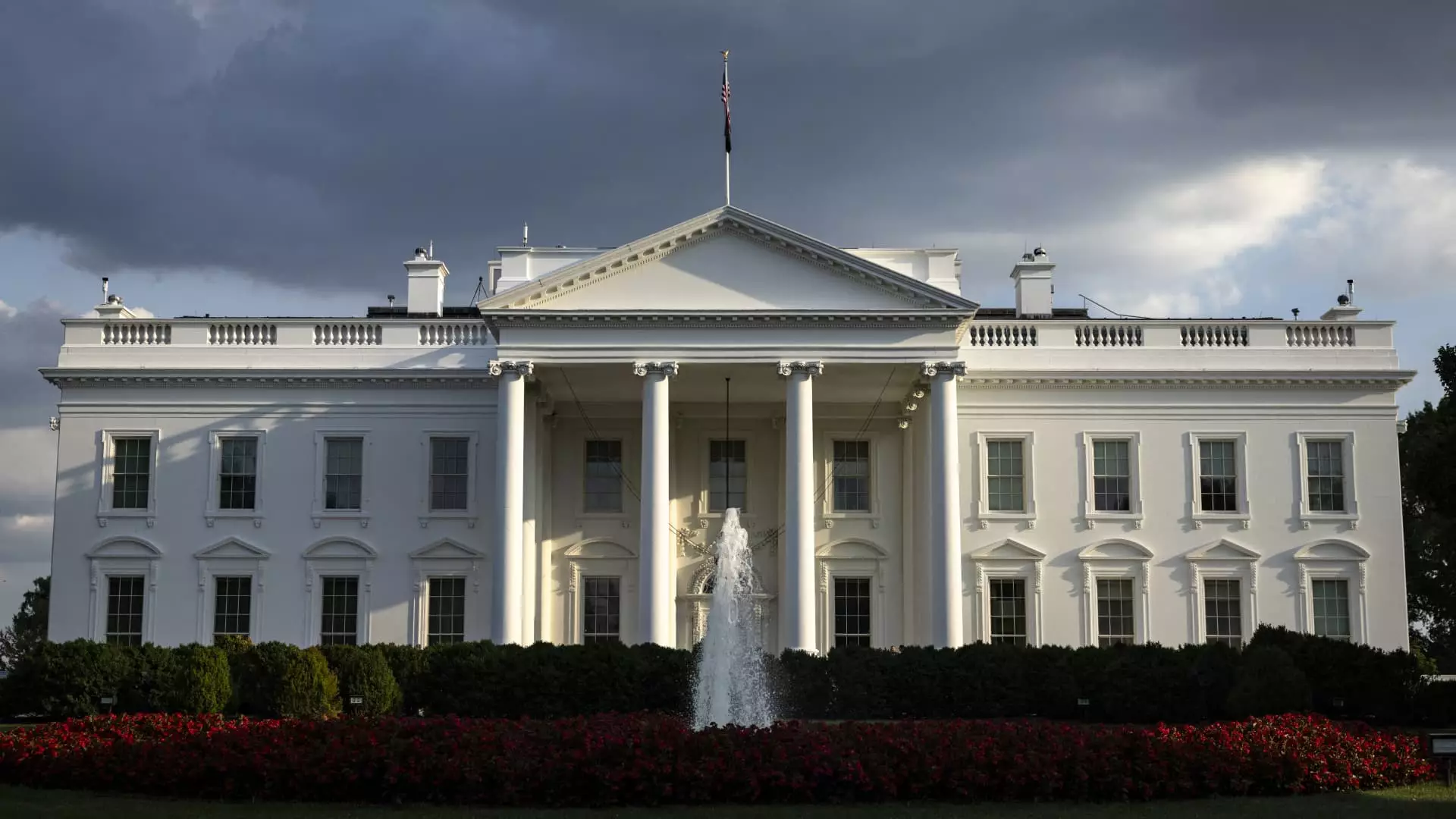As the political landscape continues to shift, it’s natural for traders and investors to question how the markets and economy will fare in the coming year. With a new administration set to take over, there are numerous possibilities and uncertainties on the horizon. While it would be ideal to have a reliable guide to navigate through these turbulent times, the reality is far from certain.
If we were to envision a handbook titled, “What to Expect When You’re Electing,” it would likely delve into the stark differences between the policy platforms of the parties and their potential economic impacts. For example, under a GOP administration led by former President Donald Trump, we might see a focus on extending previous tax cuts and deregulation. This could be beneficial for Wall Street and financial markets in the short term, but may also contribute to increasing deficits and debt in the long run.
The prospect of further reducing corporate taxes and imposing tariffs on imports could lead to inflation and trade conflicts, ultimately resulting in a recession. Additionally, a strict regulatory regime and higher taxes on capital gains and dividends could dampen investor sentiment and contribute to economic softening. The impact of these policies could be particularly challenging during the initial year of a new presidential cycle, historically known to be a turbulent period for the stock market.
On the other hand, if Vice President Kamala Harris assumes office, we might see a reversal of the Trump tax cuts and an increase in the corporate tax rate. While these measures are intended to generate revenue and reduce inequality, they could also have negative repercussions on stock prices and economic growth. The decision to implement tax hikes during an economic downturn could further exacerbate the risk of a recession.
Given the uncertainty surrounding future policy decisions and their potential impacts, investors may need to consider strategies to safeguard their portfolios. This could involve locking in profits sooner rather than later, diversifying investments, and setting aside emergency funds in anticipation of a more challenging economic environment. While the past few years have been profitable for stock market participants, the road ahead appears to be more unpredictable and fraught with risks.
Ultimately, the key takeaway is to be prepared for unexpected events and policy shifts that could significantly alter the economic and market landscape in 2025. While it’s impossible to predict the future with certainty, having a contingency plan in place can help mitigate potential losses and safeguard financial stability. As we navigate through the changing political dynamics and their impact on the economy, adaptability and foresight will be essential for navigating the challenges that lie ahead.

